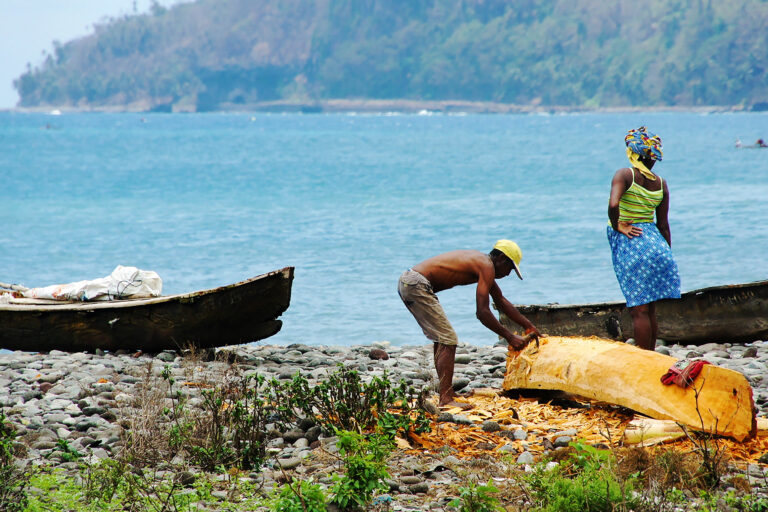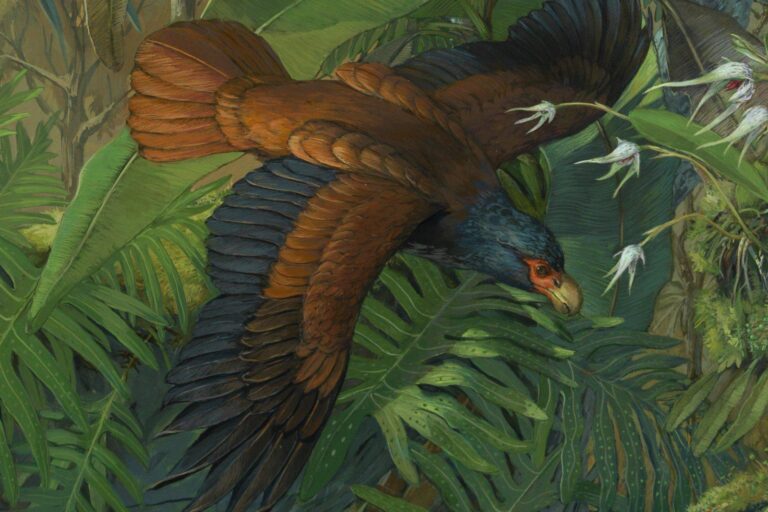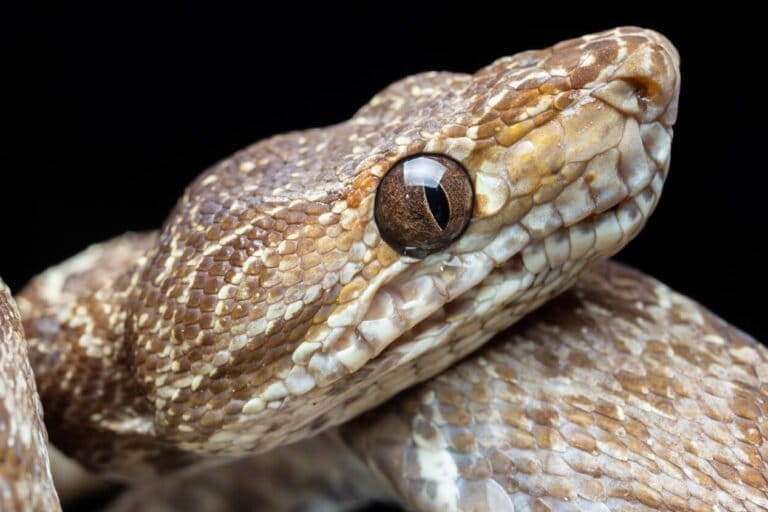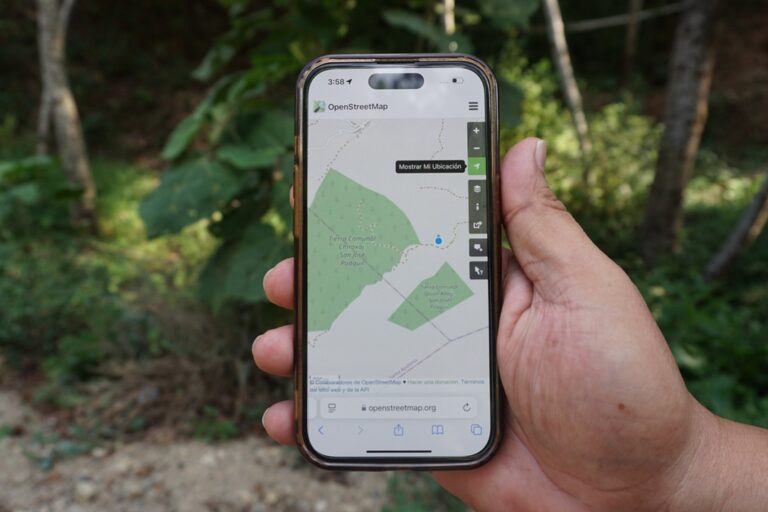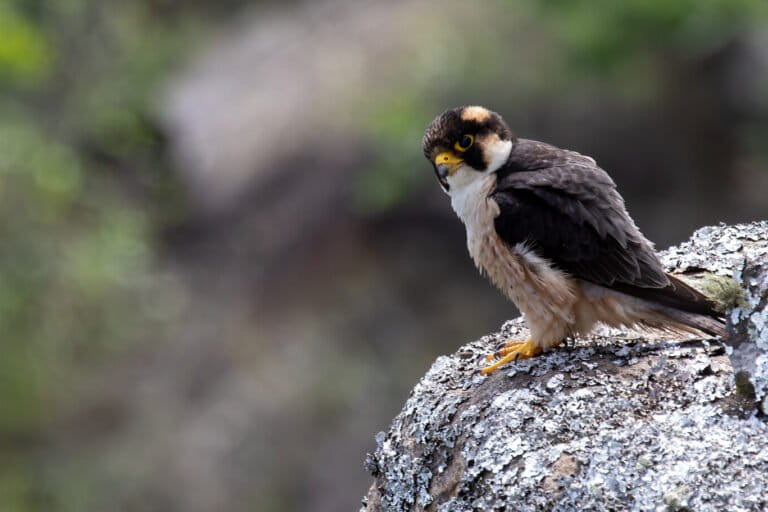- Conservationists had criticized South Africa’s plans to submit a proposal to legalize trade in rhino horn as misguided, arguing that it would put Africa’s threatened rhino populations at further risk.
- 2015 was the deadliest year yet for rhinos in Africa, with at least 1,305 animals killed by poachers.
- A number of rhino conservation measures were agreed to in January at the 66th meeting of the CITES Standing Committee.
The South African Department of Environmental Affairs officially announced last week that the country will not submit a proposal to legalize international trade in rhino horn at the upcoming Conference of the Parties to the Convention on International Trade in Endangered Species (CITES), scheduled to begin this September in Johannesburg, South Africa.
Both African rhino species, the black rhino (Diceros bicornis) and the white rhino (Ceratotherium simum), are listed on the IUCN Red List of Threatened Species. The black rhino, in particular, is listed as critically endangered.
Most of the remaining rhinos in Africa are found in just four countries: Kenya, Namibia, South Africa, and Zimbabwe. Few African rhinos have survived outside of protected areas and sanctuaries, but even there they’re not entirely safe, as rhinos have been facing what’s been called a “poaching crisis” over the past several years.
Conservationists had criticized South Africa’s plans to submit a proposal to legalize trade in rhino horn as misguided, arguing that it would put Africa’s threatened rhino populations at further risk.
According to the WWF, the number of rhinos poached in South Africa alone increased 9,000 percent between 2007 and 2014. And 2015 was the deadliest year yet for rhinos in Africa, with at least 1,305 animals killed by poachers.

South Africa, which is considered ground zero of rhino poaching in Africa since it’s home to as much as 80 percent of the African rhino population, reported that 1,175 rhinos were illegally killed in the country in 2015. That actually represents a small drop from the 1,215 rhinos killed in South Africa in 2014, but the decrease was more than offset by increased poaching in neighboring Namibia and Zimbabwe.
A number of rhino conservation measures were agreed to in January at the 66th meeting of the CITES Standing Committee. All countries involved in rhino poaching were directed to implement key strategies and actions developed by the CITES Rhinoceros Enforcement Task Force.
Specific directives were issued to Vietnam, the largest importer of poached rhino horn, which was instructed to implement improved penal reforms and to take action to reduce the demand for rhino horn in domestic markets.
Demand for rhino horn in China is also driving the illegal trade. Practitioners of traditional Chinese medicine believe rhino horn can cure cancer and other diseases, though it is in fact made of keratin, the same substance human fingernails are made of, and has no known medicinal properties.
The Humane Society International (HSI) has been working with the government of Vietnam since 2013 on a national campaign to reduce the demand for rhino horn that is driving the rhino poaching crisis.
“We commend South Africa on its decision not to submit this controversial and misguided proposal, and for its continued commitment to protecting rhinos during this poaching crisis,” Teresa Telecky, director of wildlife for HSI, said in a statement.
“With only about 27,000 rhinos left in the world, rhinos cannot sustain any level of trade. African countries need to focus on rhino conservation, not commodification.”







